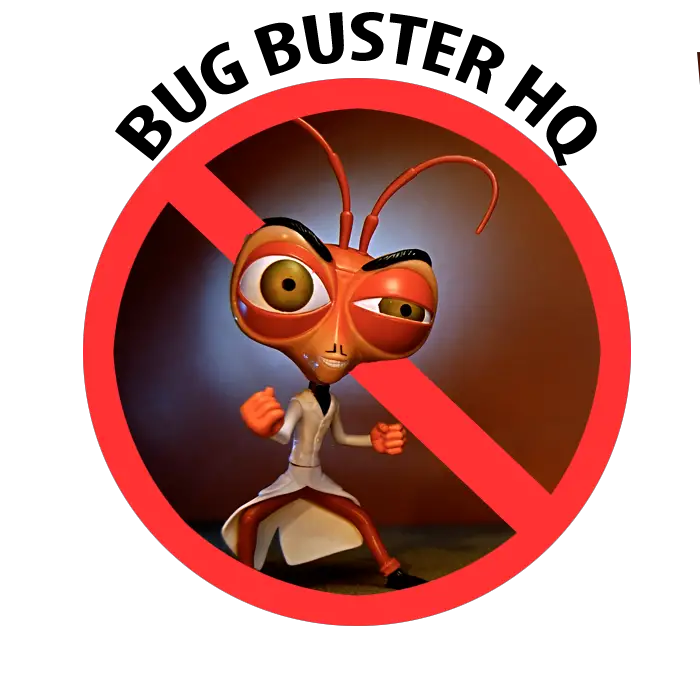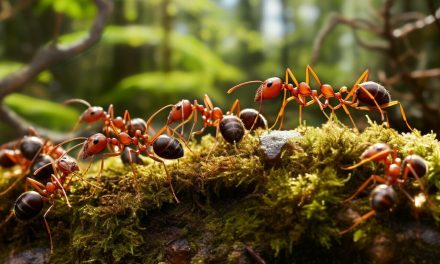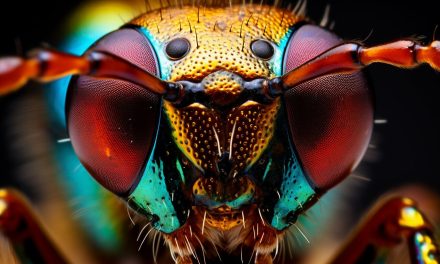This post may contain affiliate links.
If you’re interested in expanding your Spanish language skills, it’s essential to learn basic vocabulary related to various topics, including animals. If you’re wondering how do you say ant in Spanish, this guide is for you. In this section, we’ll explore the Spanish translation for the word “ant” and provide you with a comprehensive guide on Spanish vocabulary related to ants.
Key Takeaways
- In Spanish, the word for “ant” is “hormiga.”
- Expanding your vocabulary related to ants will enhance your Spanish language proficiency.
Understanding the Spanish Word for Ant
To expand your Spanish vocabulary, it’s essential to learn the translation of common words. The word for “ant” in Spanish is “hormiga.”
Knowing the Spanish word for ant will help you communicate effectively with Spanish speakers and navigate environments where you may encounter ants.
Learning basic vocabulary is a fundamental part of becoming proficient in any language, and the Spanish word for “ant” is an excellent place to start. By memorizing this word, you will be building your foundation for learning Spanish and developing your language skills.
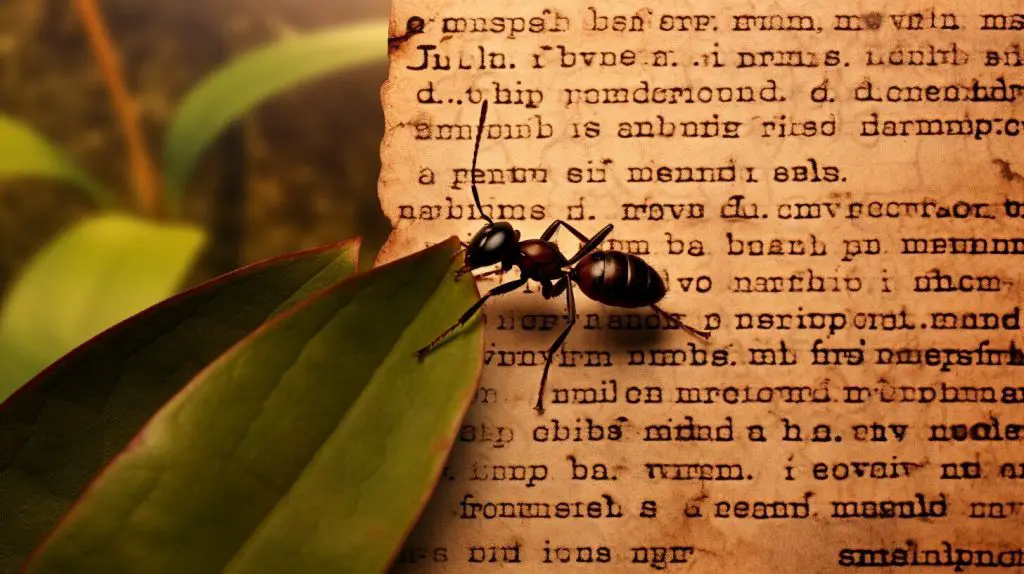
Translating Ant to Spanish
So, how do you say ant in Spanish? The Spanish word for ant is hormiga.
When translating from English to Spanish, it’s important to remember that the word order may differ. In this case, the noun “ant” comes before the adjective “Spanish” in English, while in Spanish, the noun is placed after its corresponding adjective.
| English | Spanish |
|---|---|
| Ant | Hormiga |
It’s always a good idea to use a reliable translation tool to ensure the accuracy of your translations. One commonly used tool is Google Translate. However, keep in mind that translation tools are not perfect and may not always provide the most accurate translations.
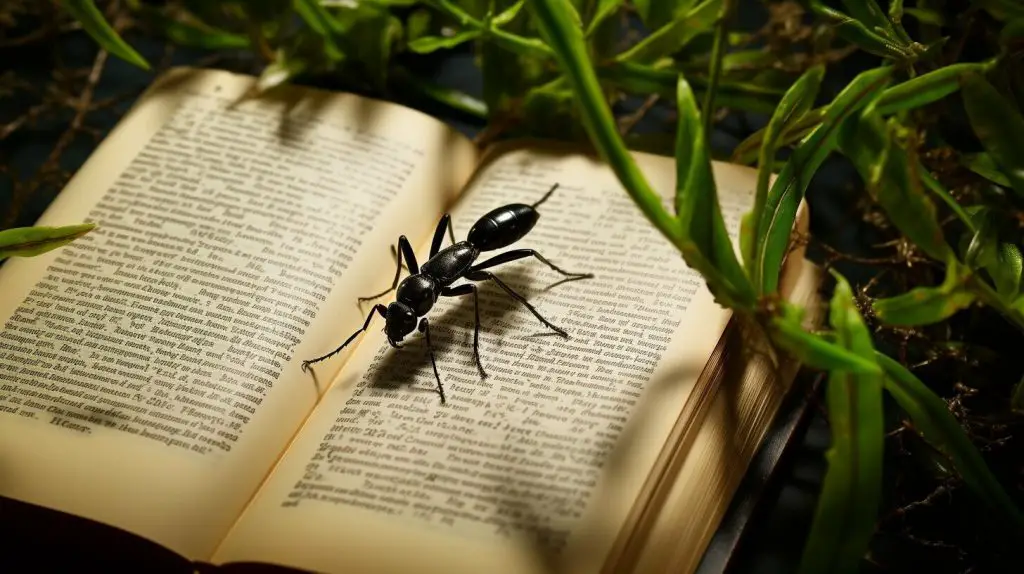
Practice saying the Spanish word for ant out loud until you feel comfortable with the pronunciation.
Pronouncing Ant in Spanish
Now that you know the Spanish word for “ant” and how to translate it, it’s time to learn how to pronounce it correctly. In Spanish, “ant” is pronounced as “hormiga” (or- MEE-gah).
Pro tip: The letter “h” in “hormiga” is silent, and the emphasis should be placed on the second syllable – “mee”.
To hear the correct pronunciation, listen to this audio clip:
Practice saying “hormiga” out loud until you feel confident in your pronunciation. Pay attention to the stress on the second syllable and the sound of the “g”.
Now that you know how to say “ant” in Spanish, you can impress your Spanish-speaking friends with your language skills. Keep practicing your pronunciation and continue to build your Spanish vocabulary.
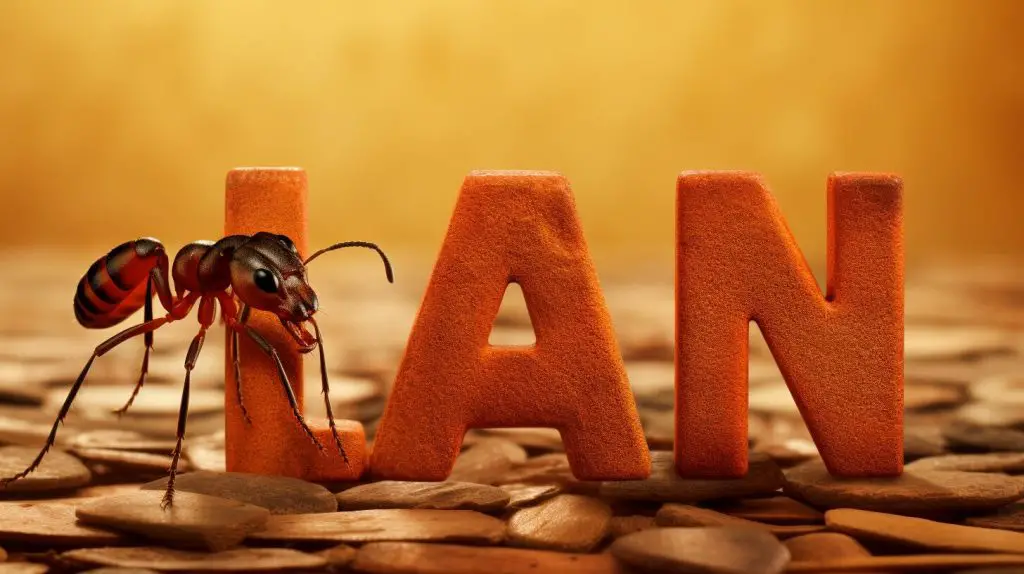
Expanding Vocabulary – Related Words for Ant
Learning the Spanish word for “ant” is just the beginning of expanding your vocabulary on this topic. Here are some related words to help you express yourself more fluently:
| English | Spanish |
|---|---|
| Colony | Colonia |
| Queen | Reina |
| Worker ant | Hormiga obrera |
| Ant hill | Hormiguero |
| Antenna | Antena |
Colonia refers to a group of ants living together in a structured society. The reina is the queen ant who lays eggs and leads the colony, while the hormiga obrera are the worker ants who perform various tasks. The hormiguero is the ant hill, and the antena are the ant’s antennae which help them navigate their environment.
By familiarizing yourself with these related words, you can gain a deeper understanding of ants and their behavior in Spanish-speaking countries.
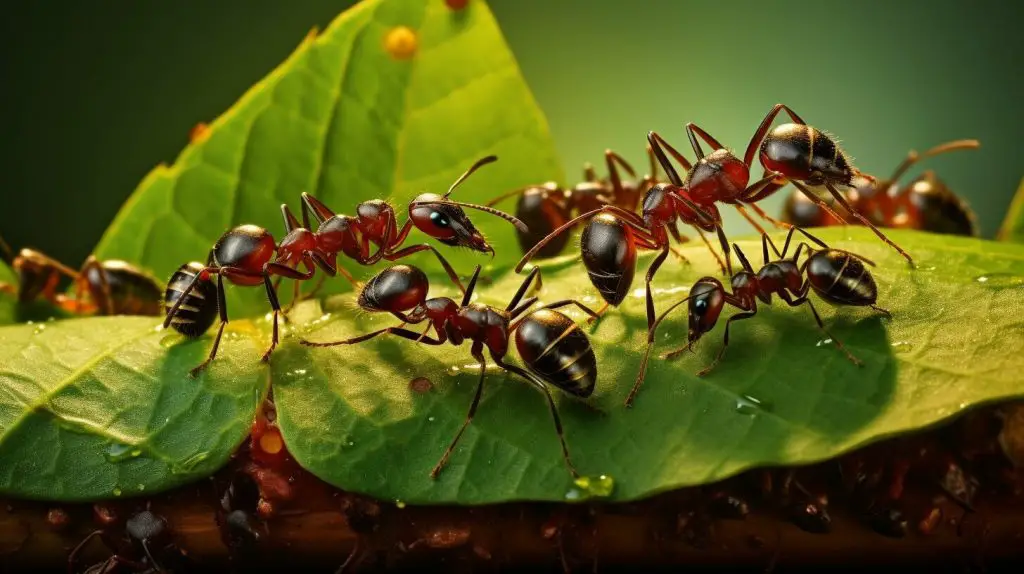
Fun Facts About Ants in Spanish-Speaking Countries
Ants are fascinating creatures that play an essential role in ecosystems all over the world, including Spanish-speaking countries. Here are some interesting facts about ants in these regions:
Ants as Food
| Country | Ant Cuisine |
|---|---|
| Mexico | Escamoles, or ant larvae, are a common dish in Mexican cuisine. They are often served in tacos. |
| Colombia | Known as “hormigas culonas” or “big-bottomed ants,” these large ants are a popular snack in some parts of Colombia. |
| Peru | A traditional dish called “picante de cuy con hormigas” features guinea pig and ants in a spicy sauce. |
Despite being less common in other Spanish-speaking countries, many cultures have a history of consuming ants as a source of protein.
Ants in Folklore
“La hormiga laboriosa no tiene tiempo para la tristeza.”
– Mexican Proverb
Many Spanish-speaking cultures have created tales featuring ants as the clever heroes. For example, in Mexico, the ant is known as “la hormiga laboriosa” or the hardworking ant, and is admired for its discipline and dedication to the colony. And in the Caribbean, there’s a folktale about an ant who outwits an elephant. These stories showcase the cultural significance of ants in Spanish-speaking folklore.
Ants in Art and Literature
Ants have also appeared in works of art and literature throughout Spanish-speaking countries. The famous Spanish artist Salvador Dalí was fascinated by ants and even had them appear in some of his paintings. And in literature, the Argentine author Jorge Luis Borges wrote a short story called “The Book of Sand” in which the protagonist becomes obsessed with a book that he describes as being similar to “an ant’s nest.”

Ants may be small, but they hold a significant place in Spanish-speaking cultures. From being a delicacy on the menu to playing roles in art and literature, ants are a fascinating creature that deserves our admiration and respect.
Common Phrases and Expressions with Ants in Spanish
As you expand your Spanish vocabulary, incorporating idiomatic expressions and common phrases can make your language skills more natural and authentic. Here are some examples of phrases and expressions related to ants:
| Phrase/Expression | Translation |
|---|---|
| Tener hormigas en el pantalón | To have ants in your pants |
| Trabajar como una hormiga | To work like an ant |
| Una montaña de hormigas | A mountain of ants |
| Hacer el trabajo de las hormigas | To do the work of ants |
These phrases and expressions incorporate the Spanish word for ant, “hormiga,” and offer insight into how the culture views these little critters. Incorporating them into your language practice can deepen your understanding of the Spanish language and its nuances.

Fun Fact: Did you know that “hormigas culonas” or “big-butt ants” are a popular snack in some Spanish-speaking countries? They are fried and enjoyed for their crispy texture!
Ants in Spanish Literature and Culture
If you’re interested in how ants are represented in Spanish literature and culture, you’re in luck! Ants are a common subject in Spanish arts and media, symbolizing hard work, unity, and diligence. For instance, Miguel de Cervantes, a renowned Spanish writer, wrote about ants in his book “Don Quixote” as an example of the rewards of diligence and hard work.
Another famous Spanish literary work that features ants is “The Ant and the Grasshopper,” a fable by Aesop. The story teaches valuable lessons about the importance of planning and working hard towards your goals.
Ants are also prominent in Spanish culture, with numerous festivals and events honoring the insect. For example, in the city of Tarragona, Spain, the annual Sant Magi festival features an “Ant’s Ball” where locals parade a giant ant through the streets.
Ants are also prevalent in Spanish art, with various paintings and sculptures depicting them. The famous Spanish sculpture artist, Eduardo Chillida, even created a sculpture entitled, “Ants’ Path.”
As you can see, ants have a significant cultural significance in the Spanish-speaking world. Understanding their place in literature and art can give you a deeper appreciation for the language and culture.
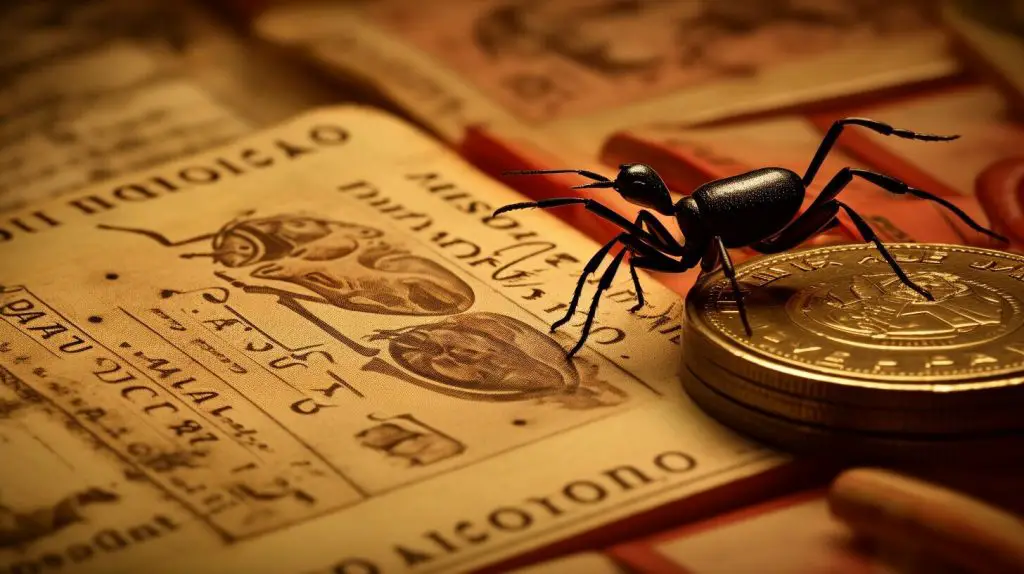
Spanish Language Resources for Further Learning
If you’re eager to expand your Spanish vocabulary beyond the word for “ant,” there are many resources available to help you on your journey. Whether you prefer online courses, dictionaries, or other tools, here are some excellent options to consider:
| Resource | Description |
|---|---|
| SpanishDict | This comprehensive online dictionary offers translations, conjugations, and audio pronunciations, making it an excellent resource for learners at all levels. |
| Duolingo | This popular language-learning app offers a fun, gamified approach to learning Spanish vocabulary and grammar. |
| Babbel | Babbel provides interactive lessons and exercises to help you build your vocabulary, develop your grammar skills, and improve your pronunciation. |
| FluentU | This language-learning platform combines real-world content (such as music videos and movie trailers) with interactive exercises to help you learn Spanish in a fun, engaging way. |
| ¡Hola! Spanish Language Learning | ¡Hola! offers online courses taught by experienced Spanish teachers, as well as a variety of resources (such as vocabulary lists and grammar guides) to help you build your skills. |
Remember, the key to mastering any language is consistent practice. Take advantage of these resources and others like them to reinforce your learning and build your confidence as a Spanish speaker.

Practice Ant Vocabulary in Spanish
Now that you’ve learned the Spanish word for ant and related vocabulary, it’s time to put your knowledge to the test. Practice using ant-related words and phrases in Spanish with these interactive exercises:
- Use flashcards to practice recognizing the Spanish word for “ant”
- Write short paragraphs describing the behavior of ants in Spanish
- Role-play conversations where you incorporate ant-related phrases and expressions in Spanish
By actively using the vocabulary you’ve learned, you’ll reinforce your understanding and boost your confidence in speaking Spanish.
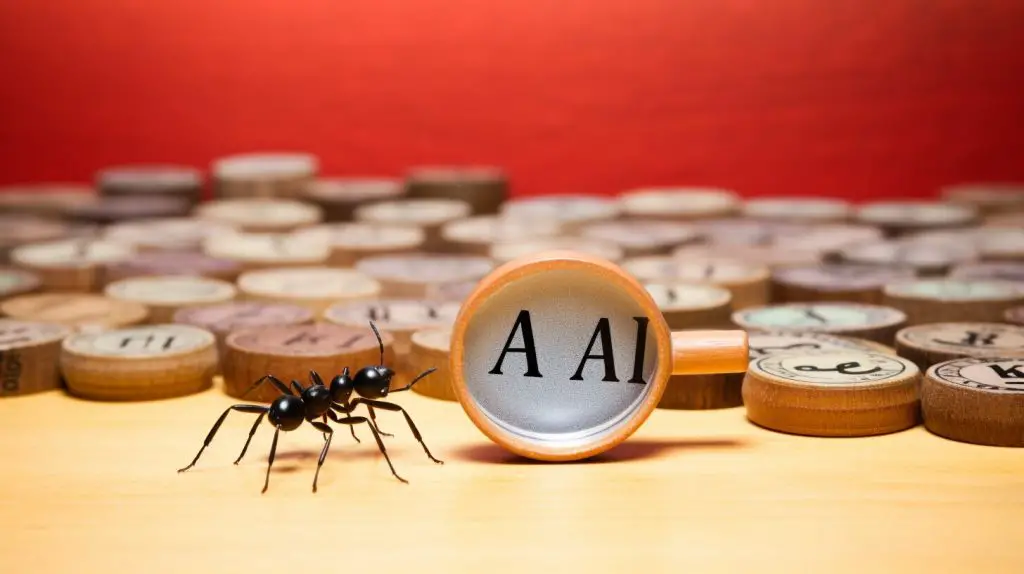
Remember, language learning is a journey, so be patient with yourself and keep practicing. Don’t be afraid to make mistakes, as they are a natural part of the learning process. With dedication and perseverance, you’ll soon be speaking Spanish with ease!
Conclusion
Congratulations on completing your guide to Spanish vocabulary related to ants! By now, you should have a better understanding of how to say “ant” in Spanish, translate the word accurately, and pronounce it correctly. You have also expanded your vocabulary by learning related words and phrases, discovering fun facts, and exploring cultural references in literature and art.
Remember, the journey of language learning is ongoing, and there are always more resources and tools to explore. Stay motivated and continue practicing your new vocabulary with interactive exercises and online courses. With dedication and effort, you will become more proficient in Spanish and open up new opportunities for communication and connection.
FAQ
Q: How do you say “ant” in Spanish?
A: The Spanish word for “ant” is “hormiga.”
Q: What is the Spanish word for “ant”?
A: The Spanish word for “ant” is “hormiga.”
Q: How do you translate “ant” to Spanish?
A: “Ant” translates to “hormiga” in Spanish.
Q: How do you pronounce “ant” in Spanish?
A: The correct pronunciation of “ant” in Spanish is “or-MEE-ga.”
Q: Are there any related words for “ant” in Spanish?
A: Yes, some related words for “ant” in Spanish include “colonia” (colony), “insecto” (insect), and “hormiguero” (ant hill).
Q: Is there anything interesting about ants in Spanish-speaking countries?
A: Absolutely! Ants hold cultural significance in many Spanish-speaking countries, and their behavior and habitats differ across regions. For example, the leafcutter ant, known as “zompopo” in Costa Rica, plays a vital role in the ecosystem.
Q: Are there any common phrases or expressions with ants in Spanish?
A: Yes, there are several phrases and expressions that incorporate the word for “ant” in Spanish. One example is “hacerse la hormiga” (to be elusive or disappear), similar to the English expression “to vanish into thin air.”
Q: How are ants represented in Spanish literature and culture?
A: Ants are often symbolized as hardworking and industrious creatures in Spanish literature and culture. Notable works that feature ants include the fable “La Cigarra y la Hormiga” (The Cicada and the Ant) by Félix María Samaniego.
Q: Where can I find resources to further learn Spanish?
A: There are various resources available to continue your Spanish language learning journey. Online dictionaries, language courses, and language exchange platforms are great options to further expand your proficiency.
Q: How can I practice ant vocabulary in Spanish?
A: Practice makes perfect! Engage in interactive exercises that focus on ant-related vocabulary in Spanish. This hands-on approach will help you reinforce your understanding and improve your language skills.
Q: What have I learned about saying “ant” in Spanish?
A: Throughout this guide, you have learned that the Spanish word for “ant” is “hormiga.” You also explored related words, pronunciation, cultural significance, and resources for further learning. Keep up the great work in your Spanish language journey!
